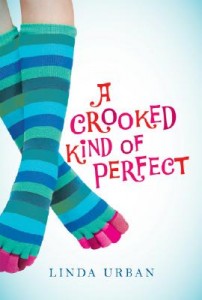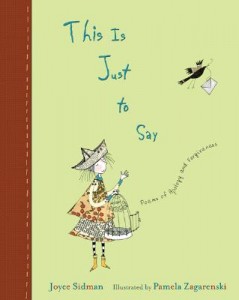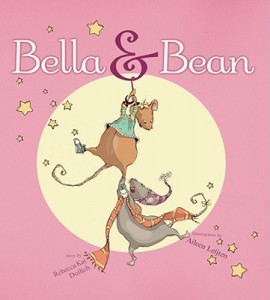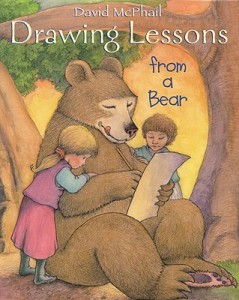Exploring new things, finding out who you are and who you were meant to be, being true to the you that is you. All these are part of unlocking one’s voice.
Each of this week’s books shines a light on voice and the power of words.
LOVE THAT DOG by Sharon Creech
When LOVE THAT DOG was first published almost ten years ago it felt like an innovative departure from traditional middle grade fare. A novel like this one, written in short lines, grouped into stanzas and shaped like poems, was one of many such books being published around that time that were often later referred to as “novels in verse.” And while there has been discussion in some circles about whether this book can legitimately be called poetry or verse or journal writing or some combination of all three, it’s really beside the point. The book continues to be a favorite of students and teachers.
LOVE THAT DOG is both a wonderful way to introduce children to amazing poets, as well as an effective tool for experiencing and sharing the power of voice, for Jack, a student in Miss Stretchberry’s class, does find his voice by book’s end.
How does it happen? A sensitive teacher, some paper, a pencil, and a dose of inspiration from a few master poets (William Carlos Williams, Robert Frost, Valerie Worth, Walter Dean Myers and more). Could there be any better way? We think not.
Check the TOOL BOX for ideas on how to use the book with students.
A CROOKED KIND OF PERFECT by Linda Urban
 Zoe Elias dreams of finding her voice. Specifically, her voice as a pianist playing the keys of a grand piano. In her words:
Zoe Elias dreams of finding her voice. Specifically, her voice as a pianist playing the keys of a grand piano. In her words:
“The piano is a beautiful instrument./Elegant./Dignified…/ Everybody is quiet when you are about to play the piano. They don’t even breathe. They wait for the first notes.”
For Zoe, how it could be is not how it is. Instead of playing a “glamorous, sophisticated, worldly” piano, Zoe plays the Perfectone D-60, a “wood-grained, vinyl-seated, wheeze-bag organ.”
Zoe longs to be a prodigy and it’s hard to believe that her she’ll ever find the way to her true self as long as she’s matched up with the “wrong” instrument, a mom who spends too many hours at work, and a dad who spends his days taking classes from Living Room University because he’s too fearful to leave the house.
Sensitive, full of humor and hope, A Crooked Kind of Perfect is a gem you’ll enjoy reading over and over again.
THIS IS JUST TO SAY: Poems of Apology and Forgiveness by Joyce Sidman, illustrations by Pamela Zagarenski
The students in Mrs. Merz’s class have written poems. Thomas’s, patterned after “This Is Just To Say,” by William Carlos Williams and written to Mrs. Garcia, a woman who works in the school office, begins the collection.
Thomas has snitched jelly doughnuts from the teacher’s lounge and the powdery tell-tale mess left on his shirt gives him away: “Forgive me/they were delicious/so sweet/and so gloppy.
Mrs. Garcia, who replies with a “Dear Thomas” poem of her own in the second half of the book, “A nice boy like you can really/get on in the world/… But I still have to call your mother.”
Throughout the collection, Sidman captures the distinct rhythms, cadences, voices, and personalities of each poem’s author.
BELLA AND BEAN by Rebecca Kai Dotlich, illustrations by Aileen Leijten
 Bella and Bean are good, forever friends, but that doesn’t mean they always see eye-to-eye. Bella likes to write poems. All day, all night, all the time. Content to sit at her desk with pencil and paper at hand, Bella loves dreaming of words.
Bella and Bean are good, forever friends, but that doesn’t mean they always see eye-to-eye. Bella likes to write poems. All day, all night, all the time. Content to sit at her desk with pencil and paper at hand, Bella loves dreaming of words.
Bean has ideas,too. Lots of them. Silly and fun-loving, Bean would much rather be doing than sitting in a quiet room waiting for Bella.
Each friend has her own unique voice, and while their differences can sometimes lead to frustration, in the end, Bella and Bean find their common ground “at the edge of a pond” with a moon, a blanket, and a poem about Forever.
DRAWING LESSONS FROM A BEAR by David McPhail.
Being a bear isn’t so hard. Not when you have a mother bear that teaches you how to walk, and sit, find berries, and catch fish the way the other bears do. But these things aren’t enough to keep the little bear happy, and he soon discovers his voice is best expressed through drawing.
While it’s true that some of the story logic is lost in the process of using a bear who does bear things, and also human things, like being invited to dine with kings and queens because of his fame as an artist, the emotional core of the story – finding your voice, knowing who you are, and saying so, “softly to yourself,” or “loudly for the whole world to hear” – is extremely powerful.










